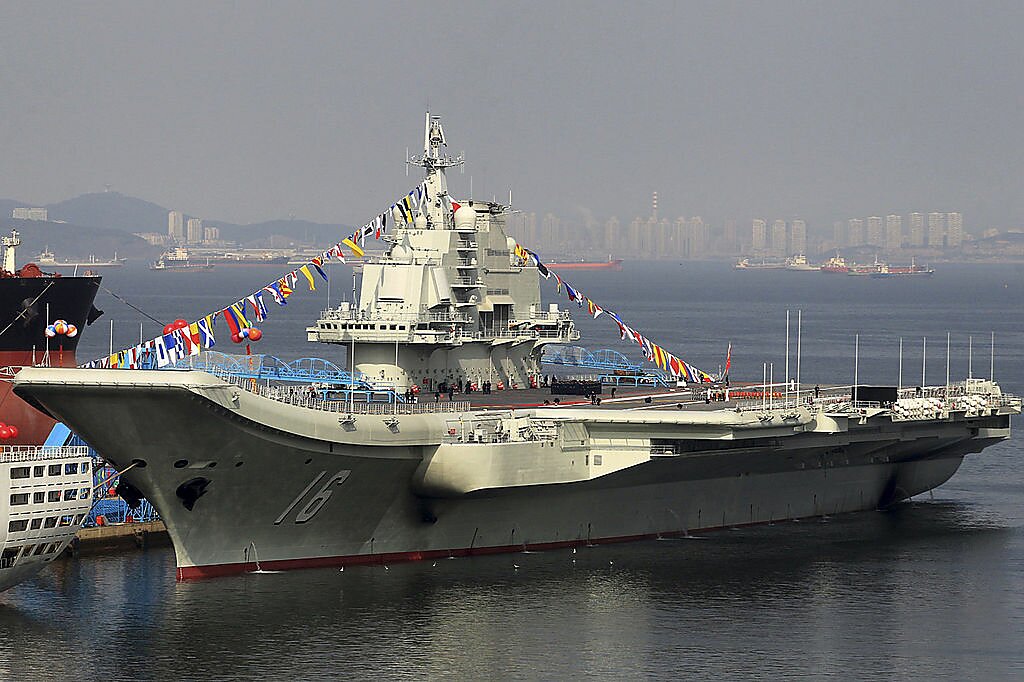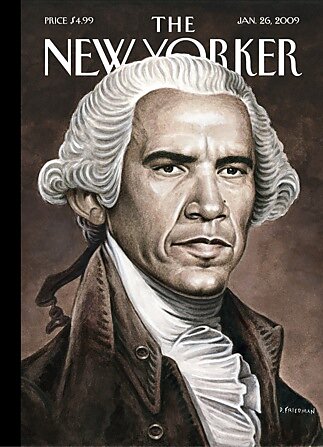Rumors are flying in Washington that Donald Trump is seriously considering an executive order which would lift at least some of the current U.S. sanctions on Russia. As with everything else the new president has ordered this week, details are sparse. But if the executive order would indeed lift sanctions unilaterally, with no attempt at negotiation, Trump won’t be sending a message of strength, but one of weakness.
I’ve never been a proponent of the U.S. sanctions regime. In fact, I’ve written extensively about the flaws of the sanctions regime on Russia, and even argued that they should be lifted before they calcify into a permanent impediment to improving relations with Russia. In Foreign Affairs last year, I argued that the sanctions have largely been a failure: they have been costly to U.S. and European business interests, and have not altered Putin’s aggressive policies towards Ukraine.
Nor is there good reason to believe that the sanctions will induce policy change in future. The underlying logic behind sanctions is to cause enough economic pain to the target state that leaders are compelled to change their policies. But though the Russian economy is in a terrible state, most of that damage was caused by falling oil prices, not by sanctions. Vladimir Putin was even willing to hurt his own people further by initiating countersanctions against European agricultural products, a move which served to substantially increase food prices for ordinary Russian citizens.
These conclusions are unfortunately supported by a substantial body of academic literature, which overwhelmingly finds that sanctions are rarely successful on issues of ‘high salience,’ such as questions of war and peace. Sanctions may be a useful tool for signaling to other states that their behavior is unacceptable, but when linked to unrealistic goals, they place policy makers in a difficult situation. Lifting them may be seen as a sign of weakness, yet there is little to be gained from leaving them in place. The path of least resistance can therefore end in situations like the half-century Cuban Embargo.
All of this suggests that policymakers should be a lot more cautious about implementing sanctions in the first place, as it may place them in a difficult situation further down the road. Indeed, academic studies also suggest that sanctions are not so much an alternative to conflict as a first step on the road to war: they serve to raise the stakes, and make it harder for policymakers to back down.
The problem is particularly acute in this case. Though the impact of Russian disinformation on the outcome of the presidential election remains unclear, an investigation is ongoing into whether advisors to the Trump campaign had contacts with Moscow. Donald Trump’s willingness to seek a better relationship with Russia is a solid policy choice, but unilateral concessions of this sort will only serve to intensify the idea that he is somehow beholden to Moscow.
Ultimately, understanding the flaws of sanctions cannot explain how to resolve this dilemma. There is no good solution for today’s U.S.-Russian relations, just a series of poor choices. The best of these bad options is an open process of negotiation. Russian leaders may not be willing to abandon Crimea or make other high profile concessions in exchange for the lifting of sanctions. But the sanctions are causing some economic damage, enough that Russian leaders do want them lifted.
A process of negotiation which proposes to lift most of the sanctions in exchange for concessions in other policy areas – implementation of the Russian portions of the Minsk Agreement, Russian concessions on ending the Syrian civil war, or a variety of other issues – is a way for the Trump administration to end the sanctions regime without making a unilateral concession. For the man who wrote the Art of the Deal, this would surely be a better solution.

